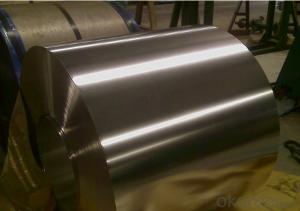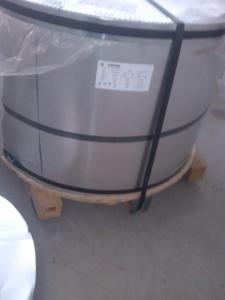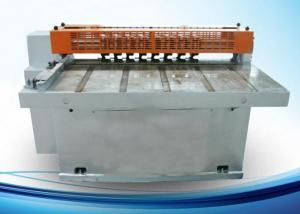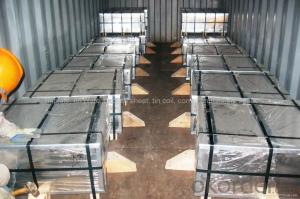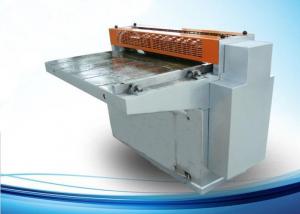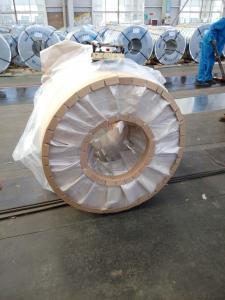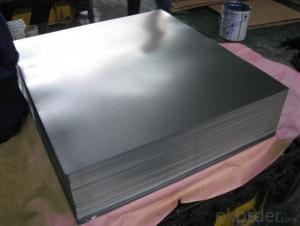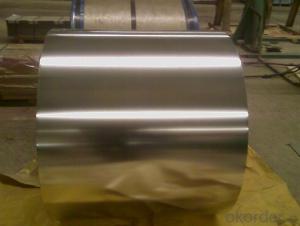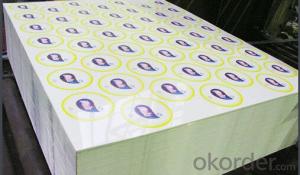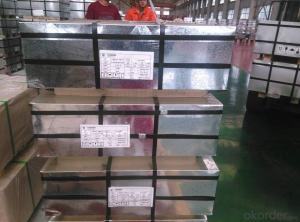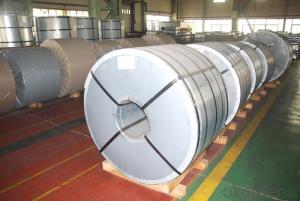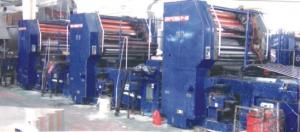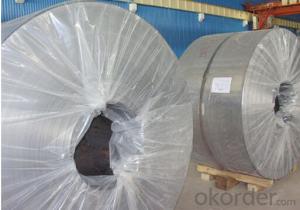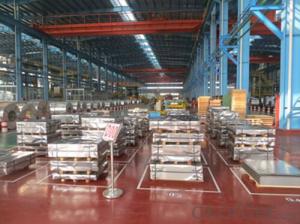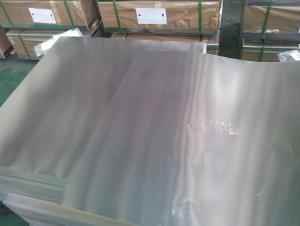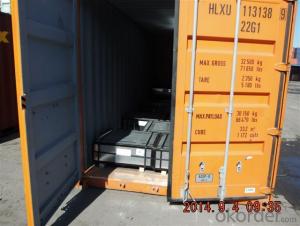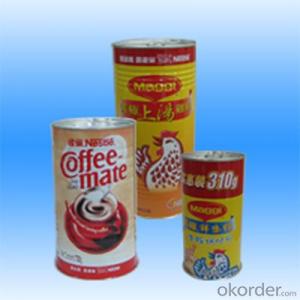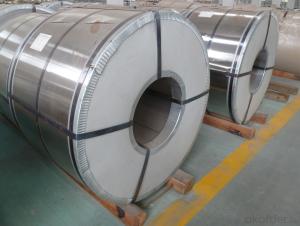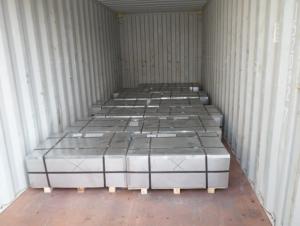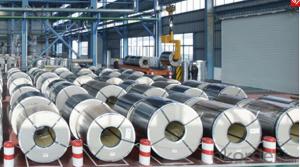O Scale Tinplate
O Scale Tinplate Related Searches
O Gauge Tinplate Mth Tinplate O Scale Mth O Gauge Tinplate O Gauge Tinplate Forum Printed Tinplate Mth Tinplate O Gauge Nse Tinplate Printing Tinplate Lionel O Gauge Tinplate O Gauge Tinplate Trains Italy Tinplate Tinplate Printing Hornby Tinplate O Gauge Buy Tinplate Tinplate Screener Tinplate Tins Tinplate Cover Tinplate Uk Tinplate Temper Chart Tata Tinplate Marx Tinplate Spain Tinplate Tinplate Share Tinplate Layout Lacquered Tinplate Spte Tinplate Tinplate Coating Tinplate Material Standard Gauge Tinplate Tinplate RecyclingO Scale Tinplate Supplier & Manufacturer from China
O Scale Tinplate encompasses a variety of products, including trains, tracks, and accessories, that are designed to replicate the intricate details and aesthetics of real-life railroads in a scaled-down model. These models are crafted with tinplate materials, offering durability and a realistic appearance that appeals to hobbyists and collectors alike. The O Scale Tinplate products are widely used in model train layouts, dioramas, and exhibitions, providing enthusiasts with the opportunity to create miniature representations of historical and contemporary railroad systems. These products are not only functional for operating model trains but also serve as decorative pieces that can be admired for their craftsmanship and attention to detail.Okorder.com is a reputable wholesale supplier of O Scale Tinplate products, boasting a large inventory that caters to the diverse needs of model train enthusiasts. The company's extensive range of offerings ensures that customers can find the perfect components to build and expand their model railroad collections. Okorder.com's commitment to quality and customer satisfaction makes it a trusted source for O Scale Tinplate products, providing a one-stop solution for all model train requirements.
Hot Products

